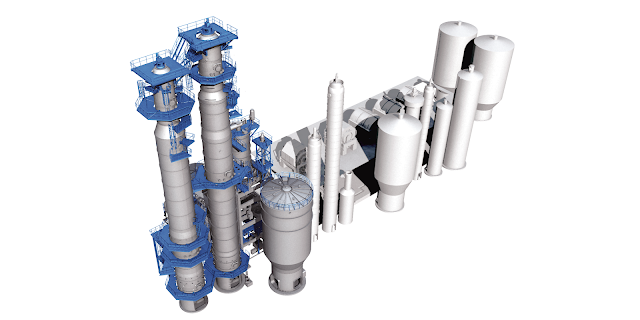Dissolving Pulp; Create Cellulosic Substances Such As Acetate And Others
 |
| Dissolving Pulp |
Dissolving Pulp is faded wood pulp or cotton linters with a heavy cellulose mixture that is utilized in downstream viscose-associated procedures. It is also a main raw material for generating cellulose acetate and other special goods. The most general pulping process for dissolving pulp are acid sulfite and prehydrolysis kraft. The procedures boil the plant fibers in pungent chemicals to change the wood chips into fiber that can be utilized to create other cellulose-based goods.
In Acid
Sulfite, the wood is immersed in concentrated sodium hydroxide to dissolve the
lignin, which reduces the hemicellulose and decrease the potential of fiber. It
is further cured with gaseous carbon disulfide to create xanthate substituents
into the low crystal like pieces of the cellulose microfibrils. A main limitation
in the creation of Dissolving
Pulp is build-up of scale, resulting downtime and
procedure erraticism.
Valmet’s
cooking methods have ideal properties that can aid decrease scale, which refers
to less interruption and more consistent outputs for the fiber line. Cellulose
purity is a main reason in the standard of the dissolving pulp. For instance,
high-purity Dissolving Pulp has a roughage
content of 90 % or more. It is also essential to have an equal molecular weight
distribution and polydispersity index for minimal working in interrupted
viscose procedure.



Comments
Post a Comment